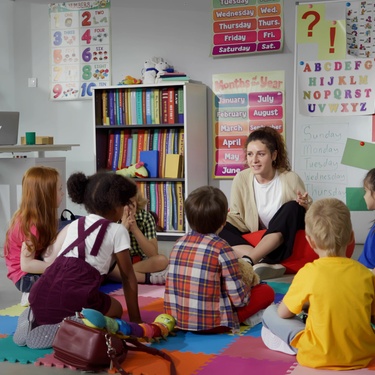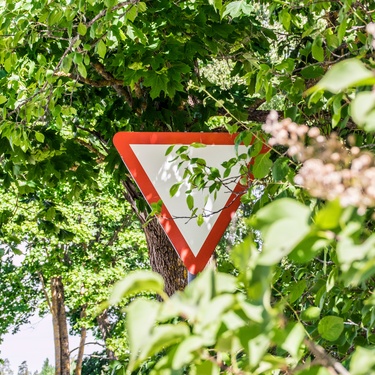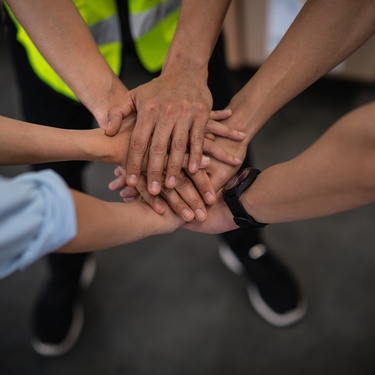
It’s an unfortunate reality that active shooter training has become a necessity in schools. While its intention is to prepare and protect, the very idea can invoke fear and anxiety among students, parents, and educators.
The challenge lies in conducting these trainings in a way that is empowering rather than alarming. In moments where life can change in an instant, you want students and faculty to respond with confidence. Below, we explore how to teach students active shooter training without fear so that every second can count, keeping everyone’s well-being at the forefront.
Tailor Discussions to the Right Age Group
Every student processes information differently, and age plays a significant role in this. Younger students require simplified explanations that focus on safety basics, such as listening to their teacher and following instructions. For example, instead of discussing direct threats, the dialogue might center on finding safe spots in the classroom or staying calm in difficult situations.
In contrast, older students can handle more context and details. They can participate in higher-level discussions about decision-making during emergencies or ask questions that address their concerns. Matching the conversation to the students’ level of understanding avoids creating unnecessary fear while ensuring the training is meaningful.
Shift the Focus to Empowerment
The way you frame active shooter training will make a difference in its impact. Rather than presenting it as a response to a threat, position the training as a way to empower students. Help them view it as learning valuable life skills that improve their ability to think clearly and protect themselves in various situations.
Using language that emphasizes preparedness and confidence will make training feel constructive instead of intimidating. For example, calling it “Safety Skills Drills” rather than “Active Shooter Training” will set a more positive tone.
Practice Drills in a Controlled and Calm Manner
Full-scale simulations that mimic active shooter scenarios are often unsettling and counterproductive for students. Instead, schools should use controlled drills aimed at fostering muscle memory. Walk students through routines, such as locking doors, evacuating efficiently, or staying out of sight calmly and without unnecessary theatrics.
Consistency is vital here. Practicing drills regularly and in a predictable way helps students feel more comfortable with procedures, transforming them into second nature. When students know what to do without panic, they feel better prepared and are less likely to feel helpless.
Provide Access to Mental Health Support
Even with the best intentions, some students may feel heightened anxiety or stress during or after training. It’s essential to provide them with access to mental health resources. Train your school counselors to address these specific concerns and offer support to students and staff.
Open communication is equally important. Have educators check in with students after drills to gauge how they’re feeling. Knowing they are heard and supported will ease tension and build resilience.
Partner With Parents and the Local Community
Creating a safe school environment is a collective effort, and involving parents and the community makes a significant difference. Transparent communication about training plans and their goals reassures families that their children’s safety is a top priority. Invite parents to participate in discussions or even observe drills to build trust and understanding.
Additionally, administration can partner with a public safety equipment supplier to invest in appropriate training supplies. Tools like barricades, door locks, or easy-to-read instruction guides enhance the efficiency and effectiveness of these trainings. Showing a commitment to safety through reliable equipment also demonstrates to students and parents that their school is proactively prioritizing their well-being.
When handled thoughtfully, active shooter training prepares students without fostering fear. By focusing on age-appropriate discussions, empowerment, controlled drills, and strong mental health support, schools will help students feel capable and secure. The goal is to have the confidence you need when you need it.
Bio: Casey is a passionate copyeditor highly motivated to provide compelling SEO content in the digital marketing space. Her expertise includes a vast range of industries from highly technical, consumer, and lifestyle-based, with an emphasis on attention to detail and readability.



















